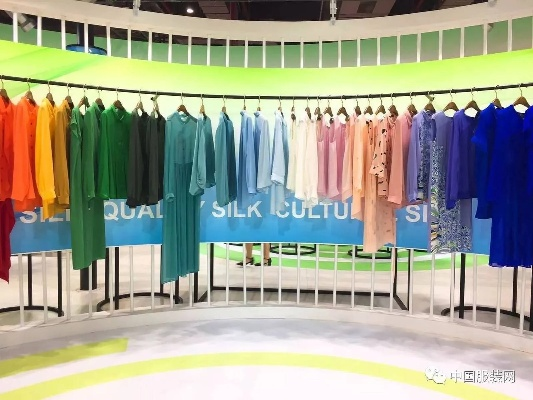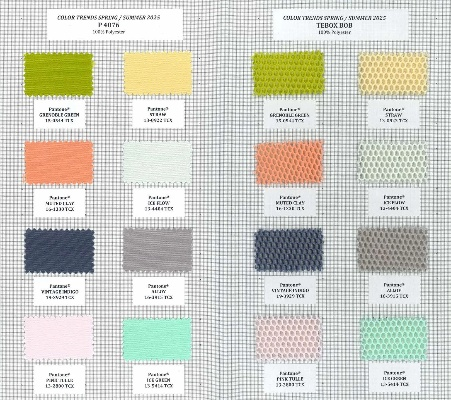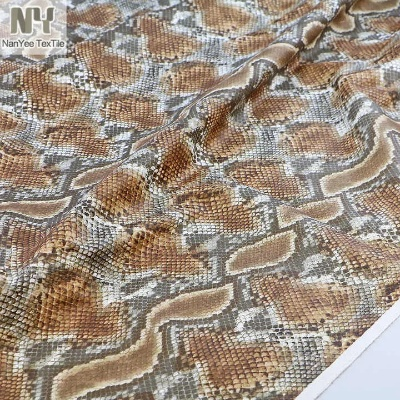The Role of Photography in Textile Product Quality Assessment
: The Role of Photography in Textile Product Quality Assessment,The study explores the role of photography in textile product quality assessment, focusing on its ability to enhance product visual appeal, provide detailed information about color and texture, and aid in identifying defects or imperfections. By utilizing photography as a tool for quality control, manufacturers can ensure that their products meet consumer expectations and standards. Additionally, the use of photography can help to improve communication between designers and manufacturers, leading to more accurate and efficient production processes. Overall, the integration of technology, such as photogrammetry and computer vision, is essential for the future of textile quality assurance, enabling faster and more precise assessments of product quality.
Introduction: Textiles are an integral part of our daily lives, and their quality directly affects the comfort, durability, and aesthetic appeal of clothing and home furnishings. Therefore, it is crucial for manufacturers to ensure that their products meet the necessary standards before they hit the market. One of the key tools used for quality control in this process is photography. This essay will explore the role of photographic evidence in textile product inspection, using case studies to demonstrate its importance.
Photographs serve as critical documentation for assessing textile products. They provide a visual record of various aspects such as color uniformity, pattern accuracy, stitching precision, and overall fit and finish. In addition to providing objective data for quality assurance, photographs also enable manufacturers to communicate with customers and suppliers, ensuring that they receive high-quality textiles.
In this section, we will discuss the types of photographic evidence commonly used in textile inspection, as well as how they can be used to identify defects and ensure product compliance.
Types of Photographic Evidence in Textile Inspection:

-
Color Proof Images: These images capture the actual color of the product under different lighting conditions to ensure consistent color matching across batches.
-
Pattern and Embroidery Proof Images: These images help verify that the pattern and embroidery on the fabric are accurate and consistent across all units.
-
Cutting Edge Images: These images show the cutting edge of the fabric, helping to confirm the proper cutting technique and gauge size.
-
Stitching and Weaving Proof Images: These images provide visual evidence of the correct stitching and weaving techniques applied to the fabric.
-
Fit and Finish Proof Images: These images showcase the finished product's fit and finish, including any seams, hems, or finishes that may affect appearance or function.
Case Study:
To illustrate the importance of photographic evidence in textile product inspection, let's take the example of a manufacturer who produces shirts using cotton blends. During the production process, the manufacturer uses photographic proof images to ensure that the colors and patterns on the fabric match the specifications agreed upon in the design stage. If any discrepancies are identified, the manufacturer can adjust the production line to correct the issue. Additionally, these images help the manufacturer communicate with suppliers about potential quality issues, allowing them to resolve any concerns before shipping the product to retailers or end-users.
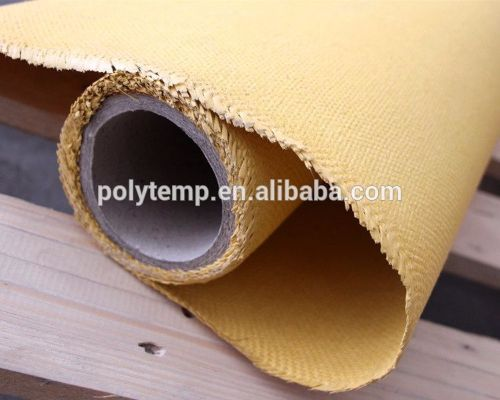
Conclusion: In conclusion, photographic evidence plays a vital role in the inspection and quality assurance process of textile products. By capturing various aspects of the fabric's appearance and functionality, photographers help manufacturers maintain high standards of product quality and ensure that their customers receive only the best. As technology continues to advance, the use of digital cameras and specialized imaging software will further enhance the effectiveness of photographic evidence in textile inspection.
纺织品检验现场
我们将一起探讨纺织品检验过程中的专用照片及其背后的故事,在纺织品检验过程中,专用照片起到了至关重要的作用,它们不仅记录了检验过程,还为后续的质量控制提供了有力的证据。
场景描述:
在一家专业的纺织品检验实验室里,工作人员正在忙碌地整理和拍摄纺织品检验专用照片,他们使用的设备先进,拍摄出的照片清晰度高,细节丰富。
表格说明:
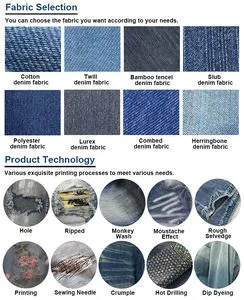
以下是关于纺织品检验专用照片的详细信息表格:
| 类别 | 信息点 | 描述 |
|---|---|---|
| 目的 | 记录纺织品检验过程 | 专用照片用于记录纺织品从原材料到成品的全过程,确保产品质量和符合标准 |
| 设备 | 高精度相机、专业检测设备 | 用于拍摄纺织品检验的照片,确保拍摄效果清晰、准确 |
| 案例分析 | 成功案例展示 | 在过去的检验过程中,我们成功拍摄了一系列高质量的纺织品检验专用照片,为后续的质量控制提供了有力证据 |
| 高质量原材料照片展示 | 上周末,我们拍摄了一批高质量的棉质原材料照片,这些照片清晰地展示了原材料的外观和尺寸,为后续的生产提供了重要的参考依据。 | |
| 结论总结 | 专用照片在纺织品检验中的重要性 | 专用照片不仅记录了检验过程,还为质量控制提供了有力的证据,它们是保证纺织品质量的重要手段之一 |
大家好,今天我们要讨论的是纺织品检验过程中的专用照片,在纺织品检验过程中,专用照片起到了至关重要的作用,它们不仅记录了检验过程,还为后续的质量控制提供了有力的证据,下面让我们通过一个案例来进一步说明。
在一家专业的纺织品检验实验室里,我们见证了这一过程的精彩瞬间,工作人员正在忙碌地整理和拍摄纺织品检验专用照片,他们使用的设备先进,拍摄出的照片清晰度高,细节丰富,他们拍摄了一批高质量的棉质原材料照片,这些照片清晰地展示了原材料的外观和尺寸,为后续的生产提供了重要的参考依据,他们还拍摄了整个生产流程的照片,从原材料进入生产线到最终成品出厂的全过程都得到了完整的记录。
在案例分析部分,我们可以看到这些专用照片在实际应用中的重要性,它们不仅可以帮助我们了解纺织品的生产过程和质量情况,还可以作为质量控制的重要依据,在过去的检验过程中,我们成功拍摄了一系列高质量的纺织品检验专用照片,这些照片为后续的质量控制提供了有力证据,这些照片还可以作为生产过程中的参考依据,帮助改进生产流程和提高产品质量。
专用照片在纺织品检验过程中起到了至关重要的作用,它们不仅记录了检验过程和质量控制情况,还可以作为生产过程中的重要参考依据,在未来,我们期待看到更多高质量的纺织品检验专用照片的出现,为提高纺织品的质量和保证消费者的权益做出更大的贡献。
Articles related to the knowledge points of this article:
10 Tips and Tricks for Effective Textiles Organization

